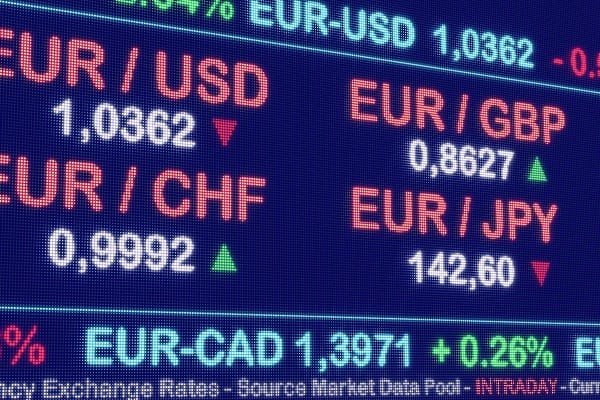Bussiness
Euro pares some losses as German economy gives positive signs – London Business News | Londonlovesbusiness.com

The euro cut some of its losses against the US dollar after 6:00 a.m. GMT, remaining down 0.17%.
The euro’s attempt to pare its losses comes after German industrial production growth accelerated faster than expected while the trade balance surplus narrowed to its lowest level this year, pressured by a decline in exports.
The euro had reached its highest levels against the dollar since January this week as concerns over the health of the US economy deepened, which led to the yield gap between Treasuries and German bunds erasing all of this year’s gains. The yield gap had continued to rise at the opening today before narrowing slightly to 1.668% in favour of US Treasuries.
However, the eurozone economy is not in the best shape, given the recent string of negative data that has indicated a return to negative sentiment about the region’s ability to regain growth. Therefore, the region’s economy needs a return to positive data for the single currency to regain its lost ground against the dollar and move further away from parity.
Today, the German economy has shown some of the positive signs it needs. Industrial production turned around its contraction in May and grew faster than expected by 1.4% in June on a monthly basis. This was driven mainly by a 7.5% growth in automotive production, while energy-intensive industries also rose by 1.4%.
In contrast, Germany’s trade surplus fell to 20.4 billion euro in June, its lowest level since October. This was due to a decline in exports to the EU, the eurozone and the US by 3.4%, 3.2% and 7.7% respectively. Imports grew overall. Therefore, I believe that part of the weakness in the German economy comes from weak demand from trading partners.
In the coming days, markets will be looking for more signs about the path of the US economy and interest rates. Therefore, further significant swing in expectations about the Fed’s next steps will leave the euro vulnerable to more violent volatility – as we saw last Friday and Monday after the shocking US labor market figures.
While market expectations are split between a 25-50 basis point cut in September – a cut that is inevitable from the view of the market – and a full percentage point cut this year is also possible, according to the CME FedWatch Tool.








